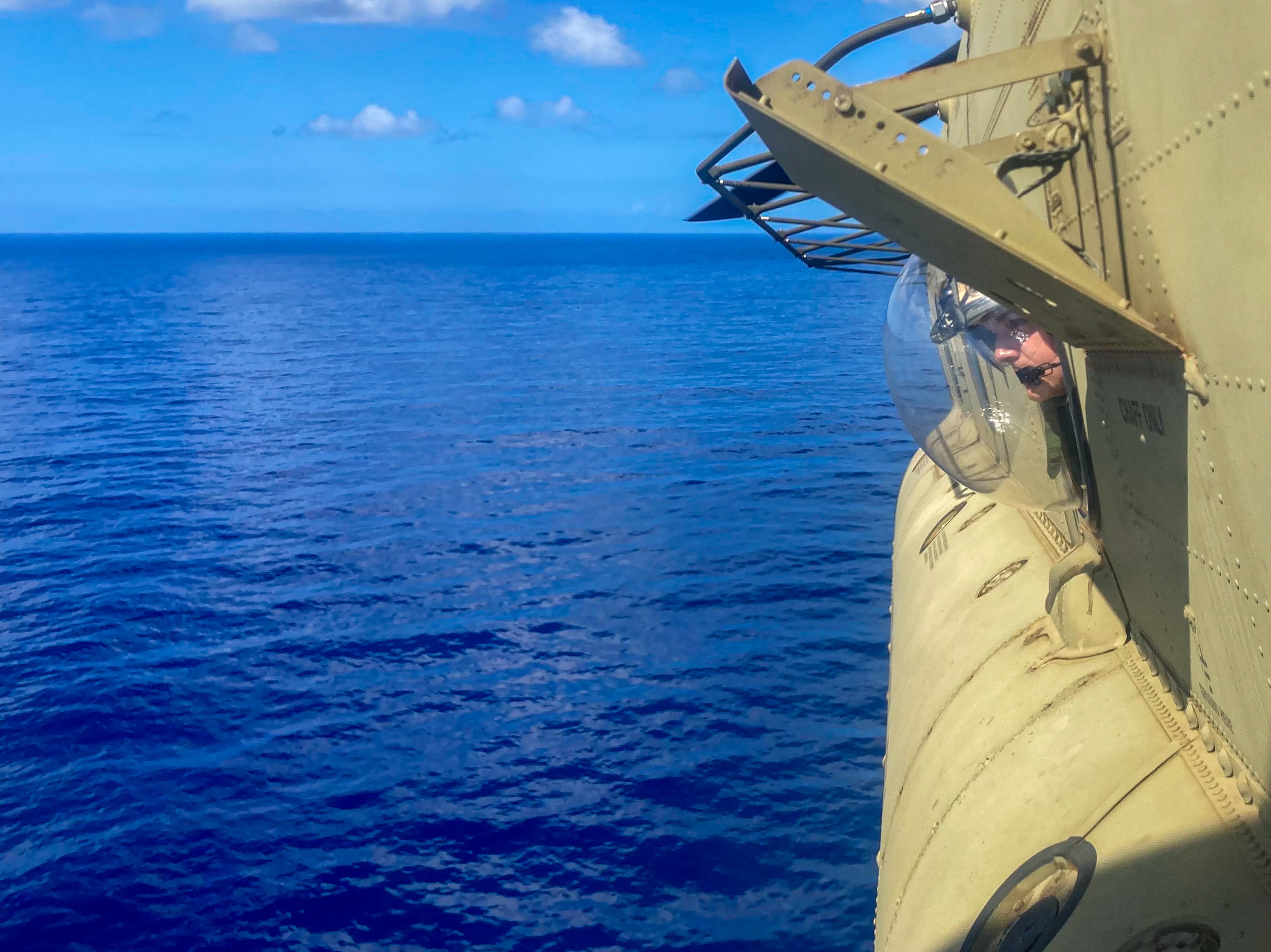WASHINGTON — The U.S. Army’s floating equipment stockpile in the Indo-Pacific theater was put to the test for the first time in exercises in the Philippines, revealing the changing nature of how the service’s prepositioned stock is used, according Brig. Gen. Jay Bartholomees.
Army Prepositioned Stock is strategically placed around the globe for units to access in theater in response to emergency or urgent operational needs. In Europe over the last several years, the service has begun to take APS out and exercise the equipment to ensure the right balance of capability is available to units and that it is ready to be deployed.
The Army in the Pacific had its first crack at testing out its APS-Afloat capability in March in the Philippines during exercises Salaknib 22 and Balikatan 22. part of Operation Pathways, a larger exercise in the theater. The 3rd Infantry Brigade Combat Team, 25th Infantry Division used it coming from ships designed to harbor complete equipment sets and spares the Army anticipates needing should a crisis unfold.
“It took a lot of coordination with the Philippine government, but it served as a great opportunity to place not only forces but combat equipment for the theater in key terrain with the Philippine Army,” Bartholomees, who is in charge of U.S. Army Pacific’s planning and operations, told Defense News in an interview.
Operation Pathways was born from both Pacific Pathways – a nearly decade-old exercise series – and Defender Pacific, originally envisioned as a large Division-sized exercise that began in 2020.
The APS-afloat is maintained by Army Field Support Battalion-Charleston and is the only floating stockpile in the theater. There are four other land-based APS locations in the Indo-Pacific area of operation.
By using APS-Afloat, the Army also saves money and connects exercises more easily because the equipment is able to move between locations and keep forces forward on the battlefield, Bartholomees said.
Taking lessons learned from the experience in the Philippines, the service is working on ensuring equipment is arranged in a proper “combat configuration” on the vessels so they can be loaded and unloaded in the most optimal way to respond to contingencies, he said.
While only an Infantry Brigade Combat set was used in the first exercise, the Army has several other types of sets that it would like to work through in future exercises to support the Army and the joint force in the theater, Bartholomees said. It’s now looking at how to continue to evolve its APS-Afloat through exercises in 2023 such as Talisman Saber in Australia.
RELATED

Recognizing the success units in Europe have seen through the employment of APS as part of exercises and rehearsals, the service in the Pacific is looking to replicate and increase the amount of operations it performs using the capability.
“We can’t just wait until they’re needed,” Bartholomees said.
The Army is still working on how best to configure its APS in the Indo-Pacific as threats evolve. Some APS already set up in places including Japan are critical to effective response in the region, he said.
Both land-based and afloat APS have their benefits, Bartholomees said., “but the key thing with Army prepositioned stocks is that the dispersion and the flexibility of them provide multiple options in the Indo-Pacom theater.”
Jen Judson is an award-winning journalist covering land warfare for Defense News. She has also worked for Politico and Inside Defense. She holds a Master of Science degree in journalism from Boston University and a Bachelor of Arts degree from Kenyon College.







